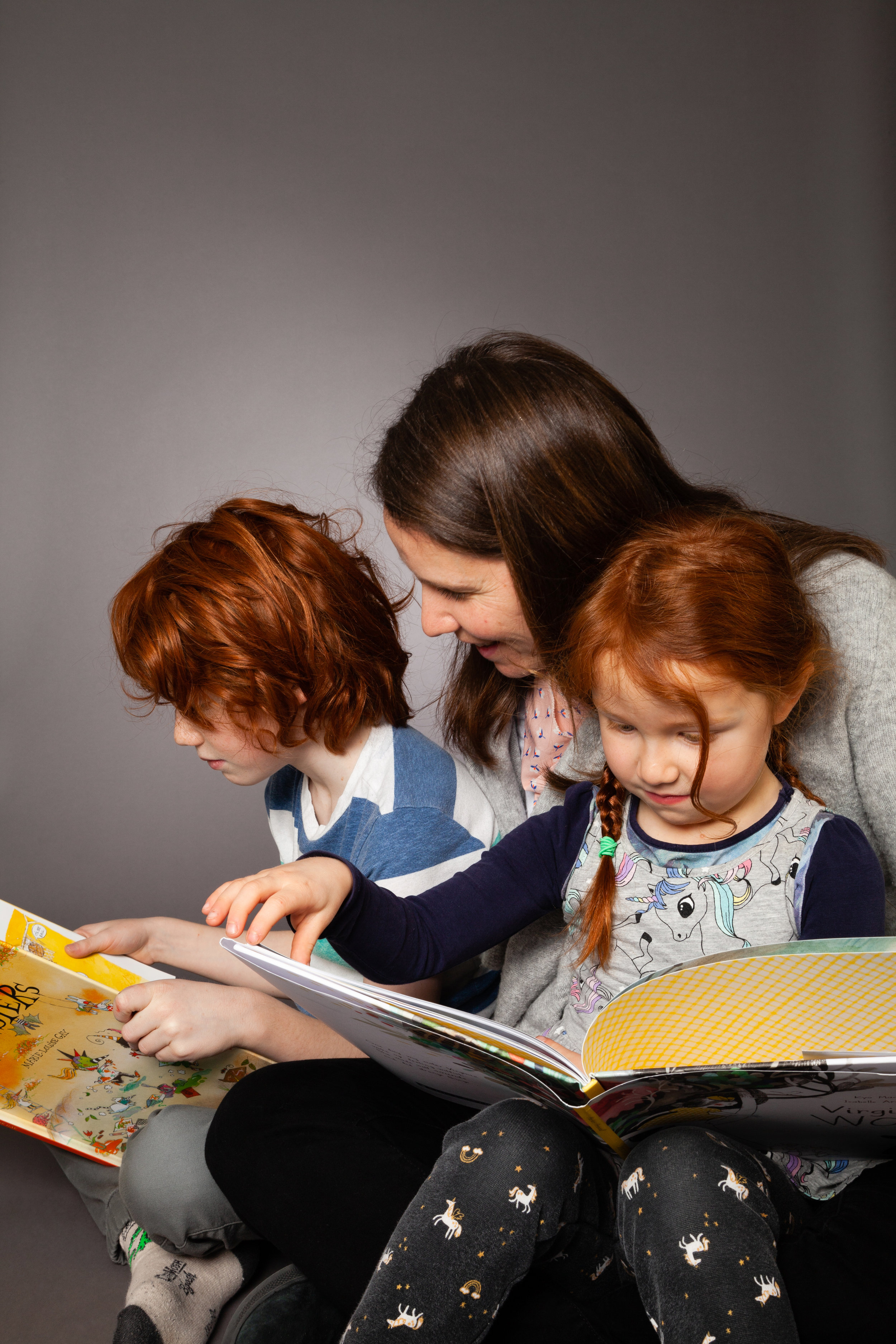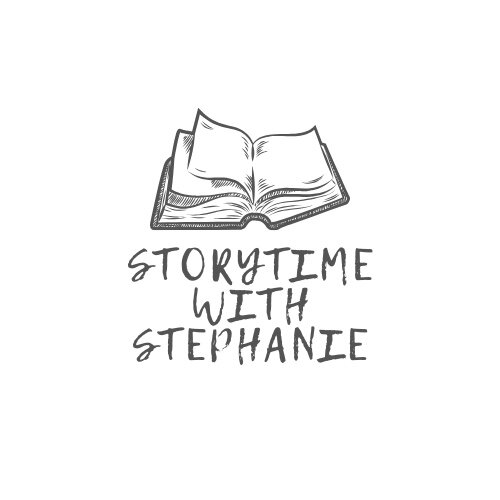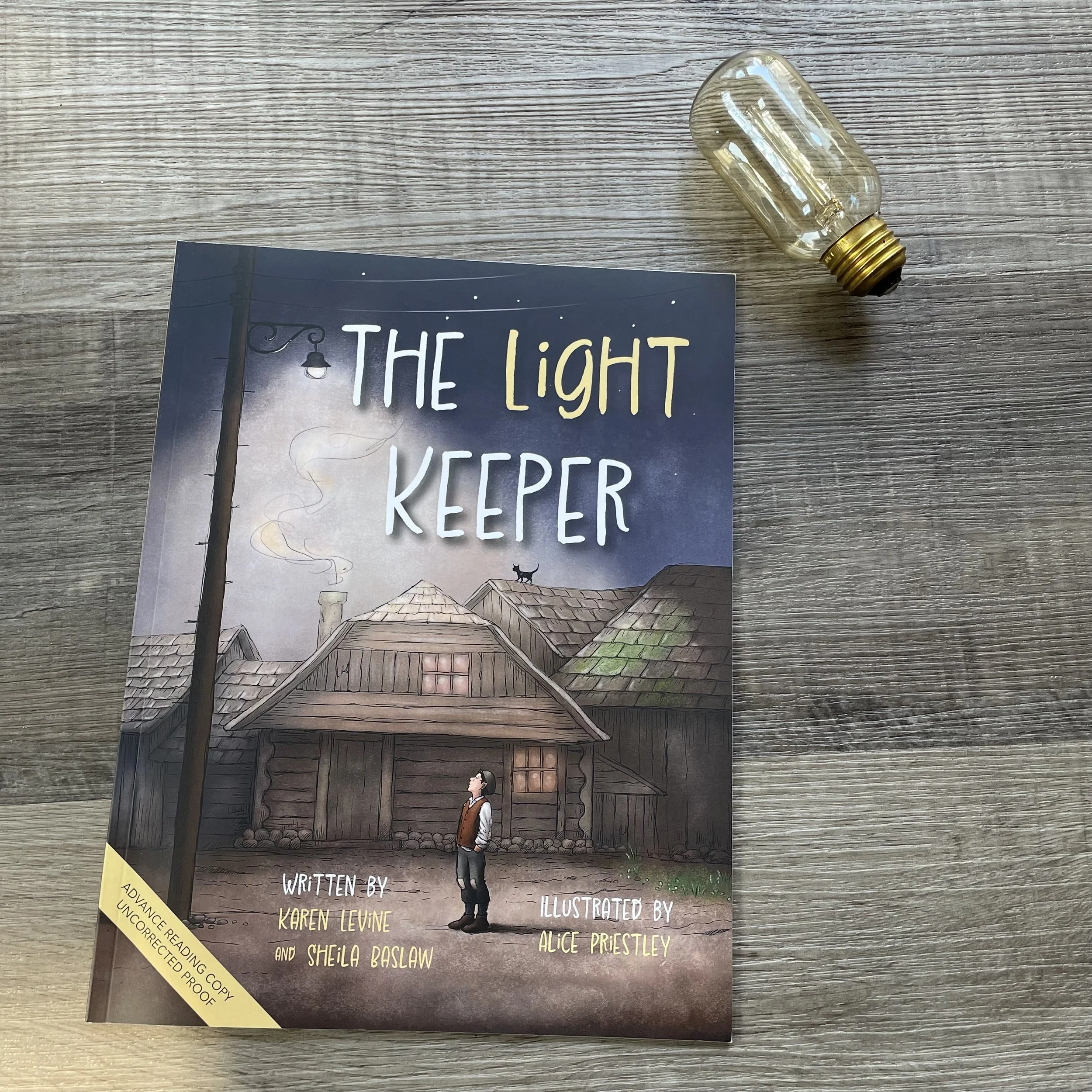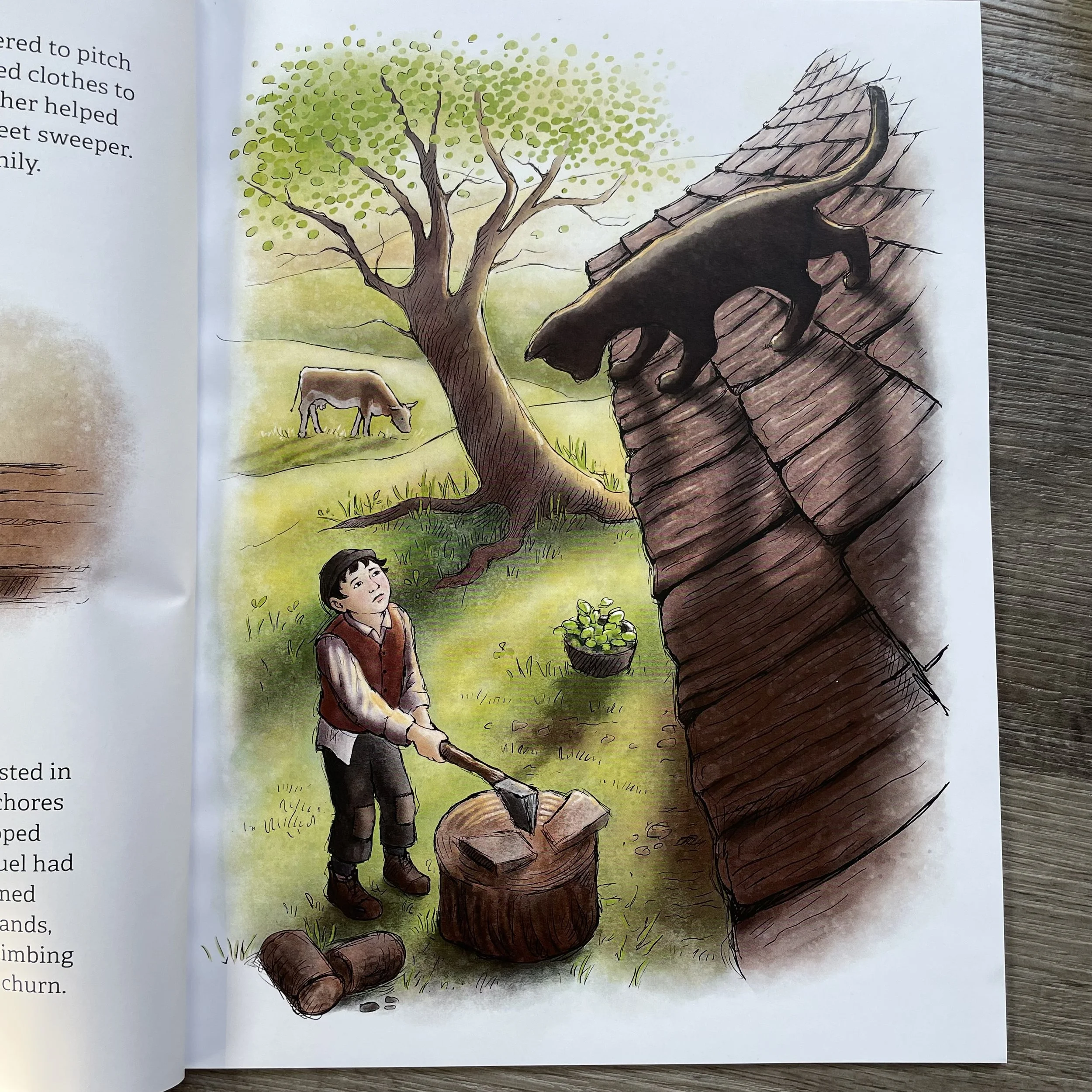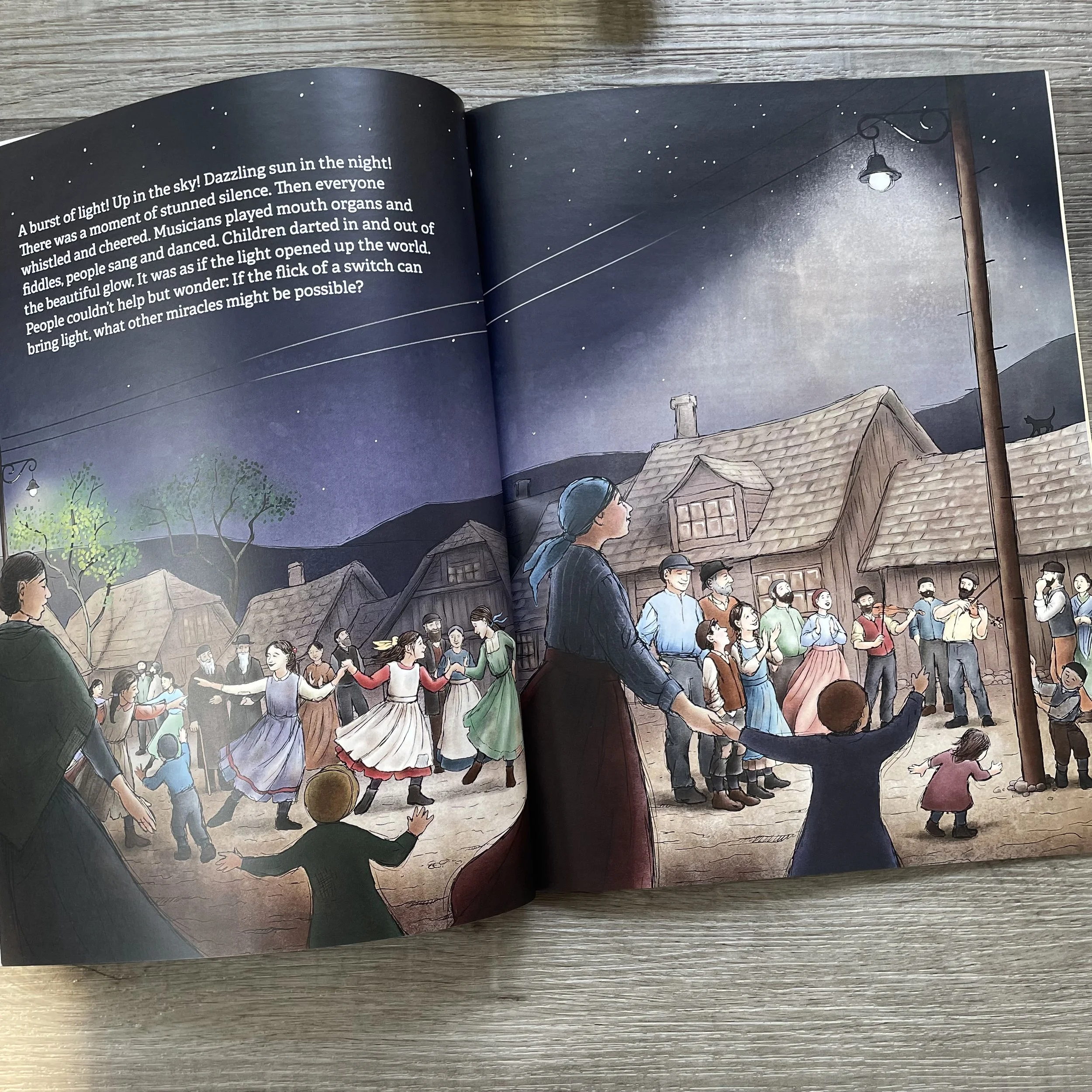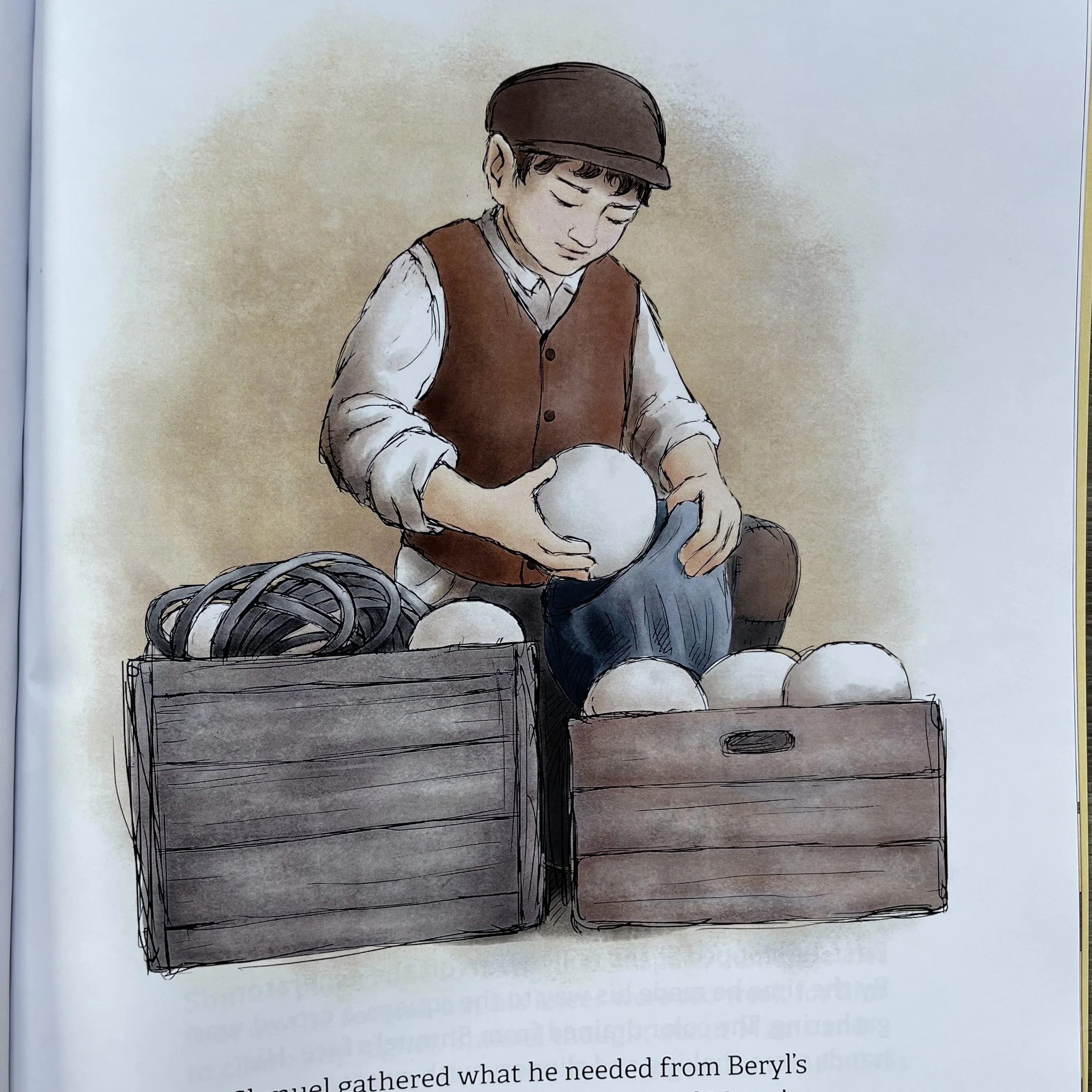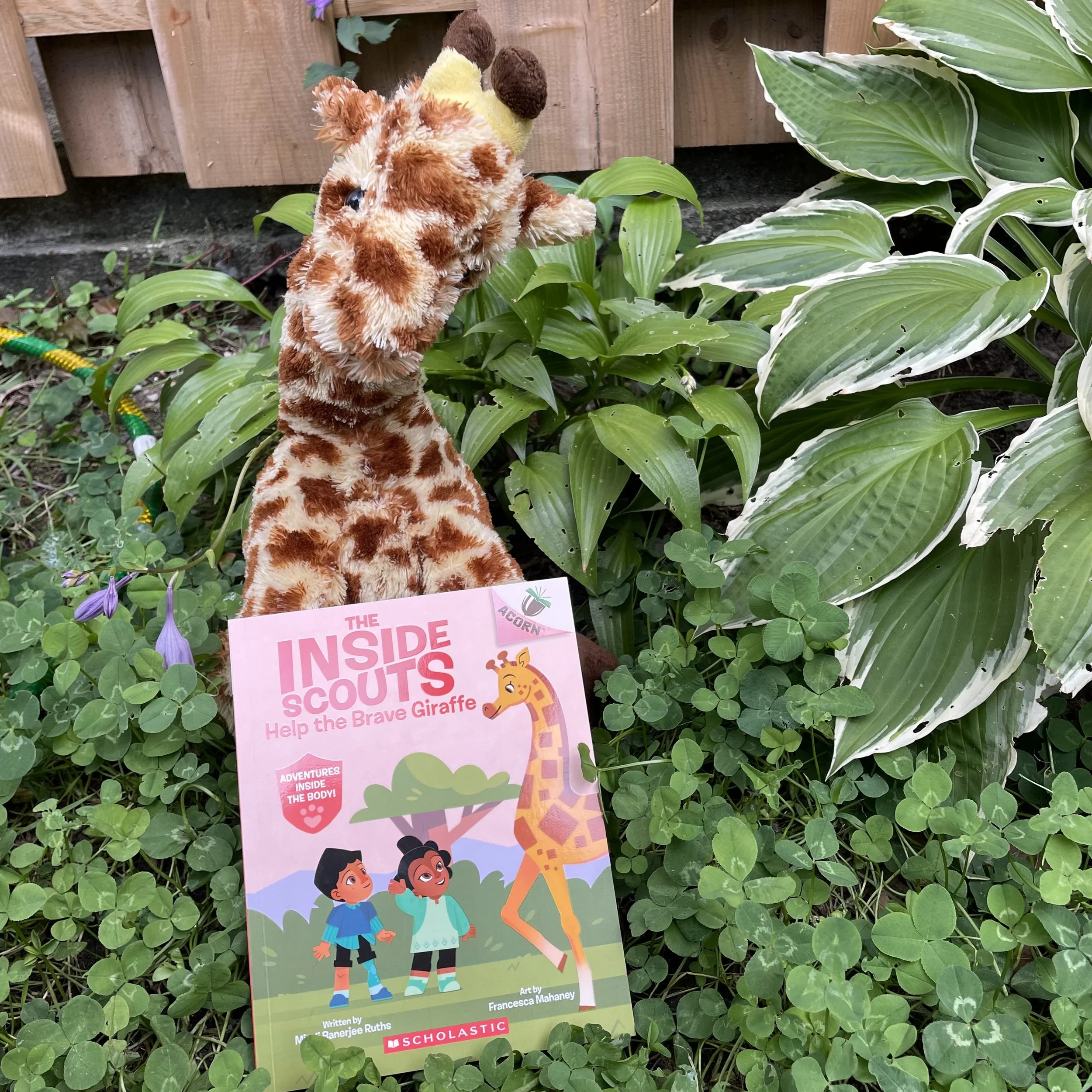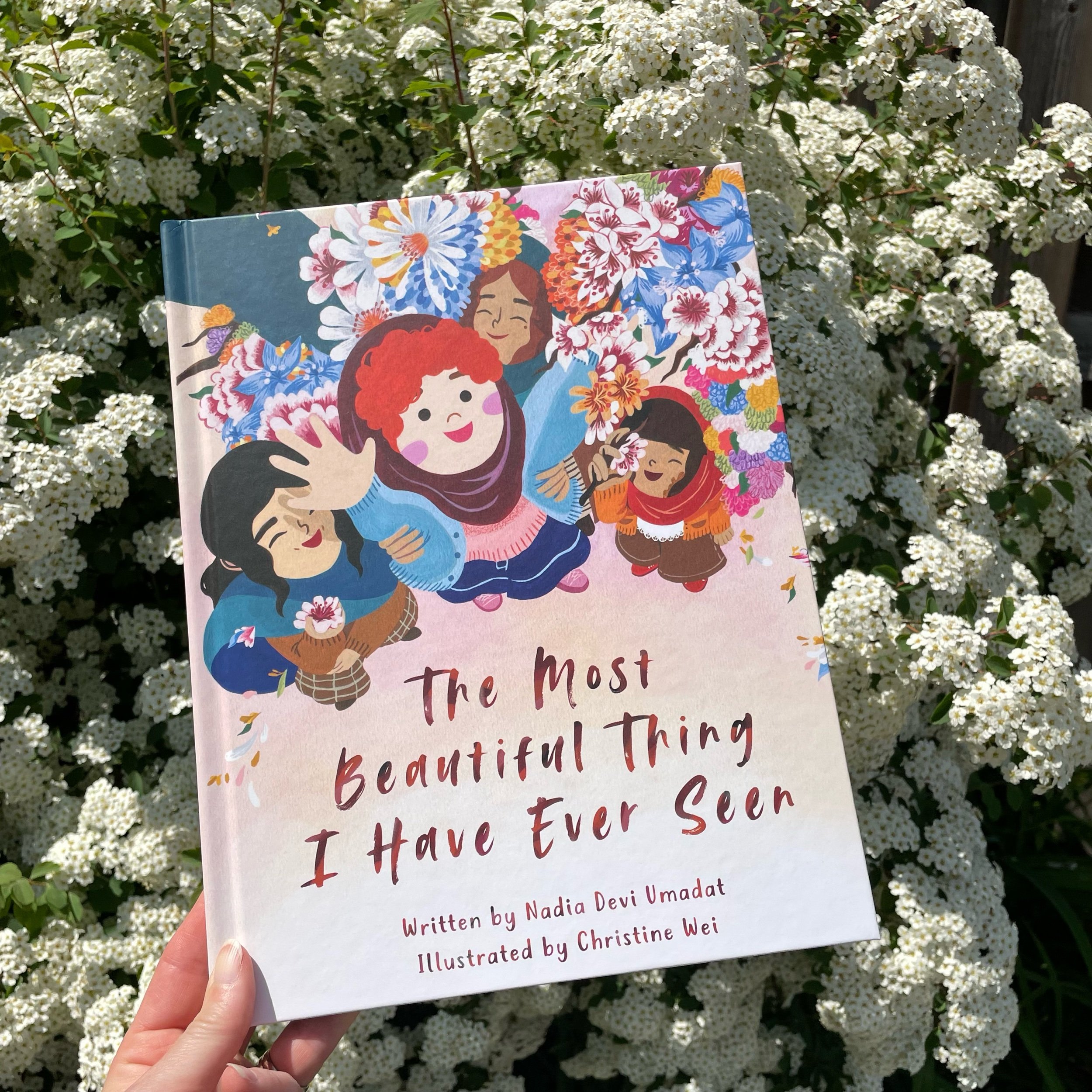The Light Keeper
In a story that whisked me away to Russia in the early 1900s and reminded me of my all time favourite musical, Fiddler on the Roof, The Light Keeper by Karen Levine and Sheila Baslaw and illustrated by Alice Priestley, shares the story of electricity coming to a small village for the first time.
Shmuel lives in a shtetl with his large family. The family is poor and the whole family is banding together to try and make ends meet, including 10 year old Shmuel. Unfortunately, there is not much a 10 year old boy can do to earn money for his family. One day, a wagon and two men come to the shtetl and with them electric lights. Shmuel is so enamoured that he watches the whole process and becomes an expert in electric lighting. One day, after a big storm, the Mayor comes to Shmuel and asks for help.
A story inspired by author Sheila Baslaw’s father, The Light Keeper shows the impact of innovation and resourcefulness in a community and how communities can come together in support of one another. For readers today, it would be incredibly difficult to imagine a time without electricity so stories like these are important to show readers just how much change can happen over the course of one’s lifetime.
This story is a wonderful story to share resilience and to show young readers how they could make an impact on their communities in big and small ways. It is also important to share stories that not only reflect difficult and tragic times for people but also joyful and happy times as well. In this story, although the family was struggling, through the curiosity of a child, they were able to thrive and find joy. Plus I just really loved how this story felt so connected to my first musical theatre experience and which continues to be one of my favourite shows, Fiddler on the Roof. It would be so fun to pair this story with that story to compare and contrast the experiences and have a broader picture of what life was like in Russia in the early 1900s for the Jewish people.
The illustrations by Alice Priestley reflect the historical context of the book. The pictures with the dark sepia tones, feel like archival photographs you find in the library or old movies and television shows. I love how she was able to not only show the hardships of the time through the pictures but also the simple joys.
